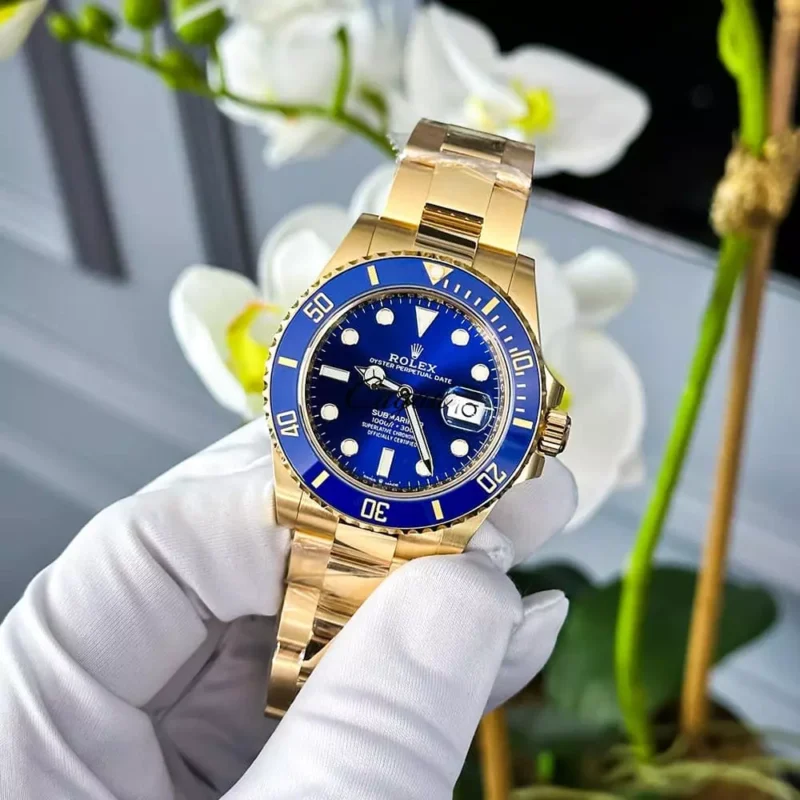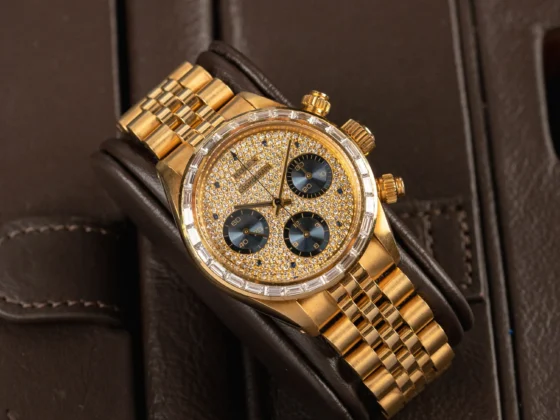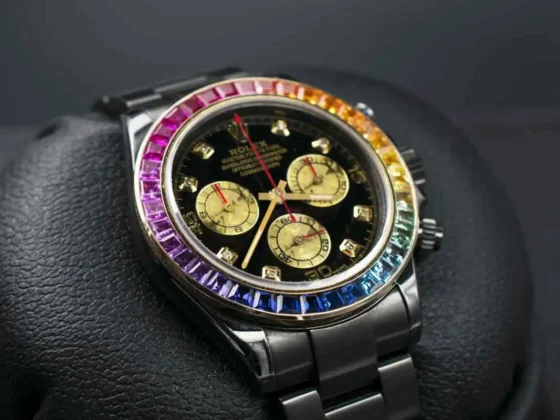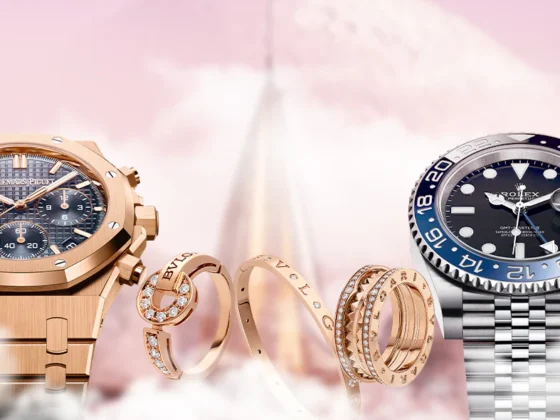As the luxury watch industry continues to evolve, brands are increasingly looking beyond their traditional markets to expand into new regions. In the face of changing consumer preferences, economic fluctuations, and technological advancements, brands like Rolex, Patek Philippe, and Audemars Piguet have adopted innovative strategies to enter emerging markets and diversify their portfolios. This article explores how leading luxury watch brands are navigating these global expansions, driving growth, and capturing new audiences.
Global Expansion Drivers
The demand for luxury timepieces has expanded significantly beyond Europe and North America in recent years, driven by rising wealth in regions like Asia, the Middle East, and parts of Africa. The growing middle class and the appetite for luxury goods in countries like China, India, and the UAE have provided watchmakers with a golden opportunity to tap into new consumer bases.
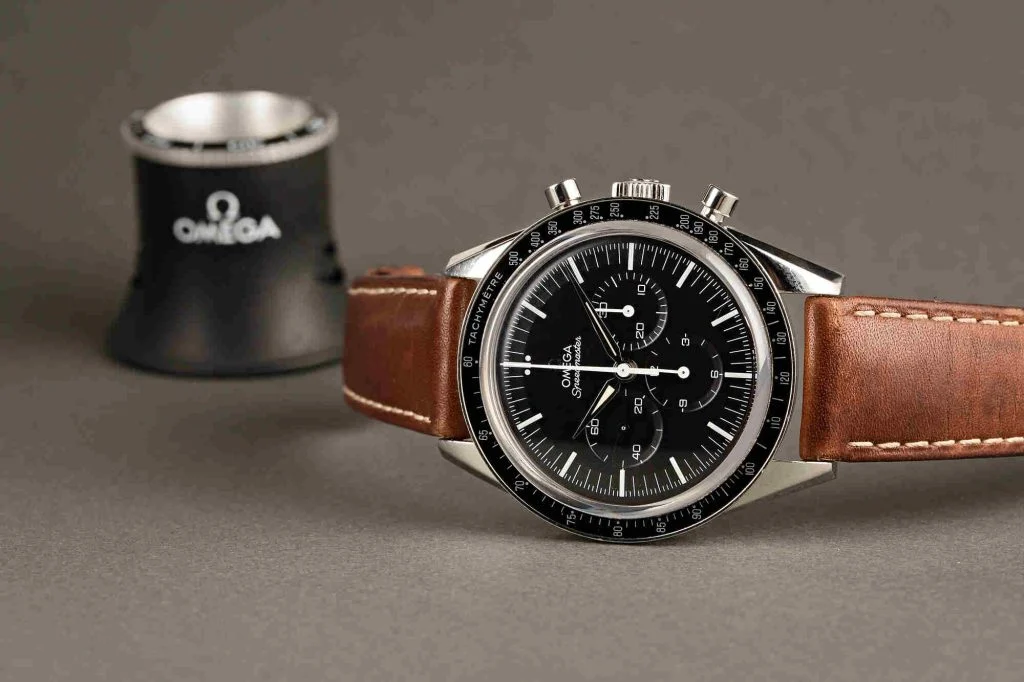
China remains a key market for many luxury brands. Despite some economic slowdowns, Chinese consumers are still among the most enthusiastic buyers of luxury goods, including high-end watches. Brands like Omega and Vacheron Constantin have strategically opened flagship stores in major Chinese cities, tapping into the country’s affinity for both luxury heritage and contemporary innovation.
India, with its burgeoning wealthy class and growing appreciation for luxury, is also seen as a vital market for future expansion. Although India’s luxury market has traditionally leaned towards jewelry, watchmakers like TAG Heuer and Longines have steadily gained traction among affluent consumers. India’s potential remains largely untapped, making it a primary target for luxury watch brands seeking expansion.
Key Strategies for Entering New Markets
To succeed in these emerging regions, luxury watch brands are employing a range of strategies:
- Localized Retail Presence: Establishing a direct retail presence in emerging markets is crucial for building brand awareness. Flagship stores in high-traffic areas offer brands the ability to control the customer experience, ensuring their products are showcased in a manner consistent with their prestige. In addition to China and India, several watchmakers have opened boutiques in Southeast Asia and the Middle East, focusing on cities like Singapore, Dubai, and Doha.
- E-Commerce Growth: With the rise of e-commerce, brands are also using online platforms to reach new customers. This approach is particularly important in markets where physical retail infrastructure may be limited. While traditional luxury watch buyers may prefer in-person shopping experiences, younger consumers are driving the shift to digital channels. MaisonDesigners offers a unique advantage here, providing a curated selection of authenticated luxury timepieces on a secure and globally accessible platform. MaisonDesigners’ focus on pre-owned watches, combined with their commitment to guaranteed authenticity and unmatched selection, makes them a vital player in expanding digital sales for high-end brands.
- Brand Collaborations and Limited Editions: Many brands are leveraging local collaborations to create region-specific limited editions that appeal to new markets. For instance, several Swiss brands have launched special edition watches tailored to the tastes and cultural heritage of Middle Eastern and Asian consumers, thereby blending tradition with regional flair. Collaborations with local celebrities or influencers further enhance the brand’s appeal in these markets.
- Engagement through Social Media and Digital Marketing: To succeed in global expansions, brands are increasing their digital marketing efforts, particularly on social media platforms that dominate in emerging markets. Instagram, WeChat (China), and WhatsApp (India) serve as key platforms for promoting brand stories, limited releases, and new collections. Cube Digital, a leader in luxury digital marketing, helps brands develop tailor-made digital strategies to ensure their message resonates with new audiences while maintaining the integrity of the luxury experience.
The Role of Pre-Owned Luxury Market in Expansion
One growing trend that is fueling global expansion is the rise of the pre-owned luxury watch market. In emerging regions where consumers may not have had easy access to new luxury watches, pre-owned models offer a more attainable entry point into the world of high-end timepieces. Platforms like MaisonDesigners are at the forefront of this movement, offering a secure and trusted marketplace for pre-owned watches that have been meticulously evaluated for quality and authenticity. This provides new buyers the confidence to invest in luxury watches without the risk traditionally associated with the second-hand market.
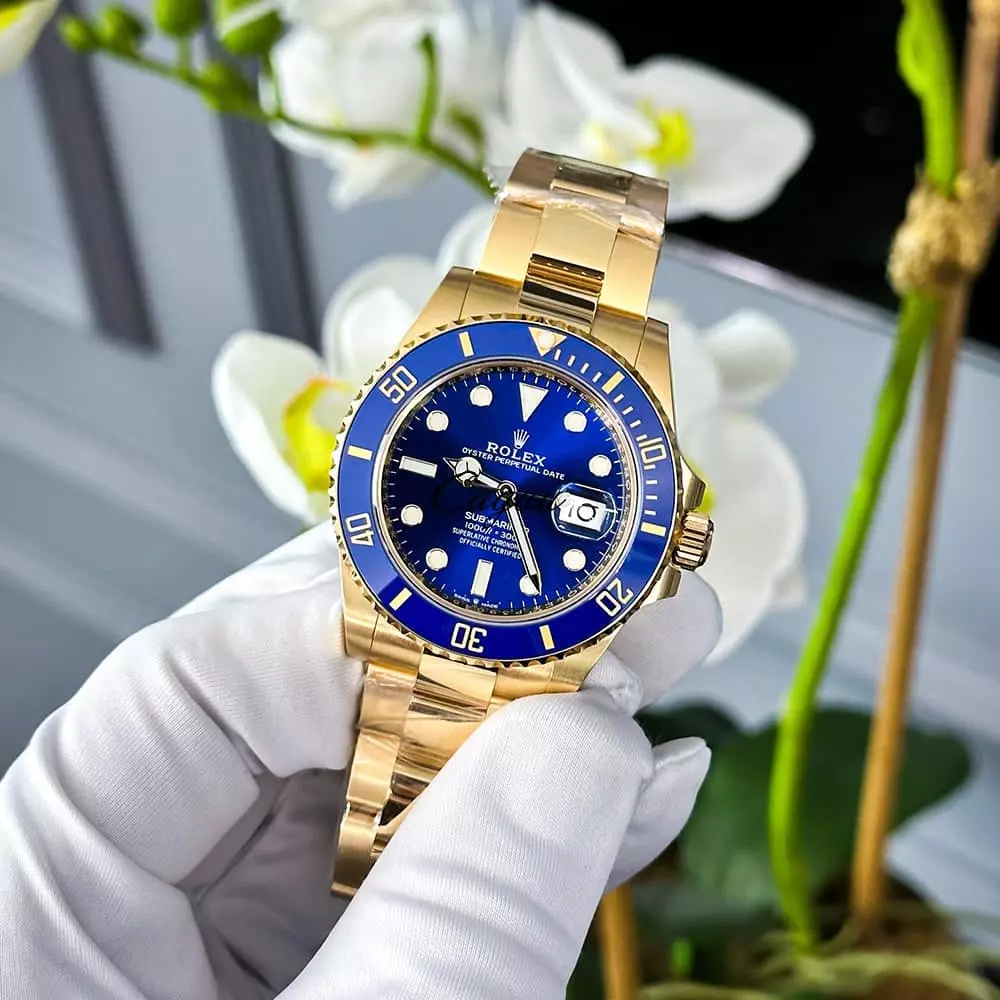
Furthermore, the pre-owned segment supports luxury brands in markets where economic fluctuations might deter consumers from investing in new timepieces. By offering pre-owned alternatives, MaisonDesigners extends the life cycle of luxury watches, making them accessible to a wider demographic while maintaining the brand’s prestige.
Market Challenges and the Road Ahead
While there are clear opportunities in emerging markets, there are also challenges. Currency fluctuations, political instability, and local market regulations can create hurdles for luxury brands trying to establish themselves in new regions. For example, trade tariffs between the U.S. and China have affected the pricing and availability of luxury goods, forcing brands to adapt their pricing strategies or rethink their distribution channels.
Additionally, the COVID-19 pandemic has further reshaped how brands approach global expansion. Travel restrictions and economic uncertainty have slowed some initiatives, particularly in brick-and-mortar retail. However, brands that have invested in e-commerce and digital engagement have continued to grow, even during the global slowdown.
Conclusion
As luxury watch brands navigate their expansion into new markets, their strategies must be adaptable, innovative, and digitally savvy. Brands like Rolex, Patek Philippe, and Audemars Piguet are capitalizing on emerging market opportunities through a blend of localized presence, e-commerce growth, and targeted marketing efforts.
Meanwhile, the rise of the pre-owned luxury watch market, led by platforms like MaisonDesigners, is helping to fuel this expansion by providing both new and seasoned consumers access to luxury timepieces in a way that’s accessible and trustworthy. The continued evolution of digital retail, combined with strong local partnerships, will determine which brands succeed in capturing the loyalty of new global audiences.


